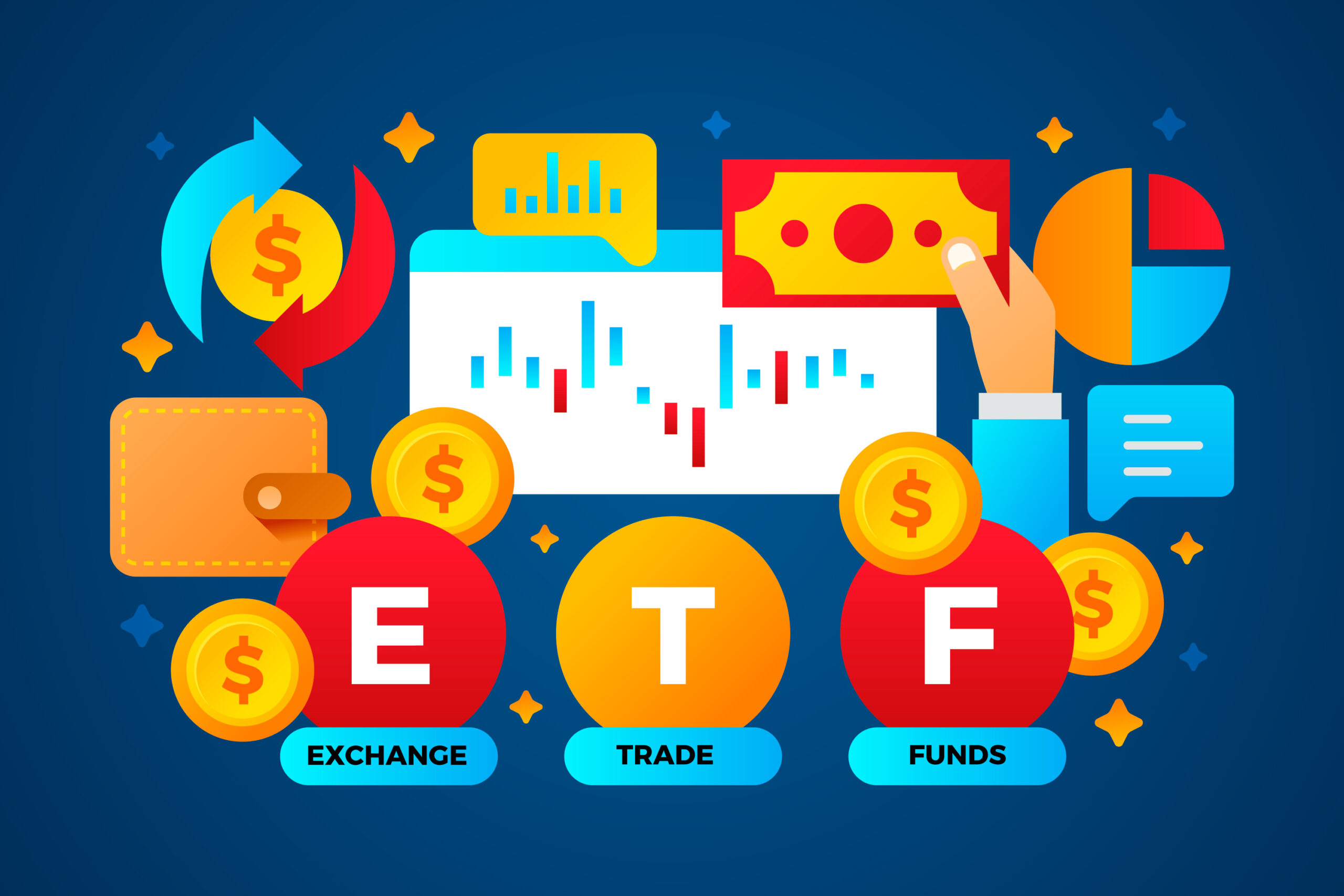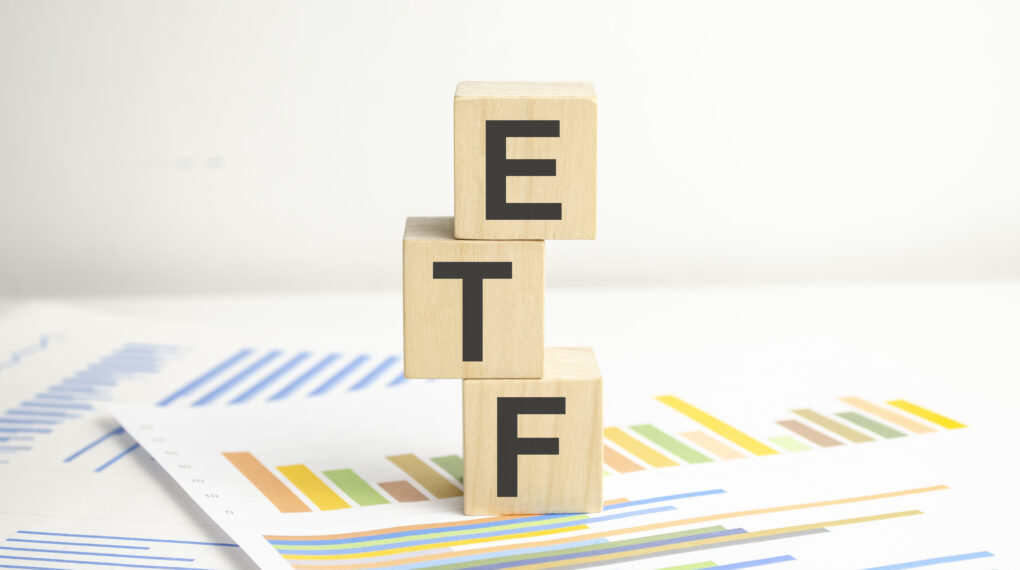An ETF, or Exchange-Traded Fund, is a type of investment fund that trades on stock exchanges—just like individual stocks. It’s designed to track the performance of a specific index, sector, commodity, or asset class.
Key Features of ETFs

- Diversification: One ETF can hold dozens or even hundreds of different securities, helping spread risk.
- Liquidity: You can buy and sell ETFs throughout the trading day at market prices, unlike mutual funds, which settle at the end of the day.
- Lower Costs: Most ETFs have lower fees than actively managed funds, making them cost-effective for long-term investors.
- Transparency: Holdings are usually disclosed daily, so you know exactly what you’re investing in.
- Flexibility: ETFs cover a wide range of asset classes—stocks, bonds, commodities, currencies, and even thematic trends like clean energy or AI.
Choosing the ideal ETF.
Choosing the right ETF depends on your investment goals, risk tolerance, and time horizon. Here’s a step-by-step guide to help you make a smart selection:
Define Your Investment Goals
- Growth: Look for ETFs that track stock indices (e.g., S&P 500, Nasdaq).
- Income: Consider dividend-focused ETFs or bond ETFs.
- Capital Preservation: Opt for low-volatility or short-term bond ETFs.
- Thematic Exposure: If you’re passionate about tech, clean energy, or AI, thematic ETFs can align with your interests.
Understand the ETF’s Strategy
Passive vs. Active:
- Passive ETFs track an index and tend to have lower fees.
- Active ETFs are managed by professionals aiming to outperform the market—typically at higher fees.
Market Cap Focus: Large-cap, mid-cap, or small-cap ETFs offer different risk/reward profiles.
Geographic Exposure: Domestic vs. international ETFs—important for global diversification.
Check Costs and Fees
- Expense Ratio: The lower the better for long-term investing.
- Trading Costs: Consider brokerage fees and bid-ask spreads.
- Tax Efficiency: Some ETFs are more tax-friendly than others, especially in taxable accounts.
Analyze Performance and Holdings
- Historical Returns: Past performance isn’t a guarantee, but it offers insight.
- Top Holdings: Make sure the ETF’s assets align with your values and goals.
- Tracking Error: Measures how closely the ETF follows its benchmark.
Assess Liquidity and Size
- Assets Under Management (AUM): Larger ETFs tend to be more stable and liquid.
- Trading Volume: Higher volume means easier buying/selling.
Match Risk to Your Comfort Level
- Volatility: Sector and thematic ETFs can be more volatile than broad-market ones.
- Diversification: Broad ETFs reduce risk by spreading across many assets.
If you invest in an ETF that tracks the S&P 500, you’re essentially buying a slice of all 500 companies in that index—without having to purchase each stock individually.



